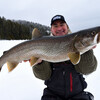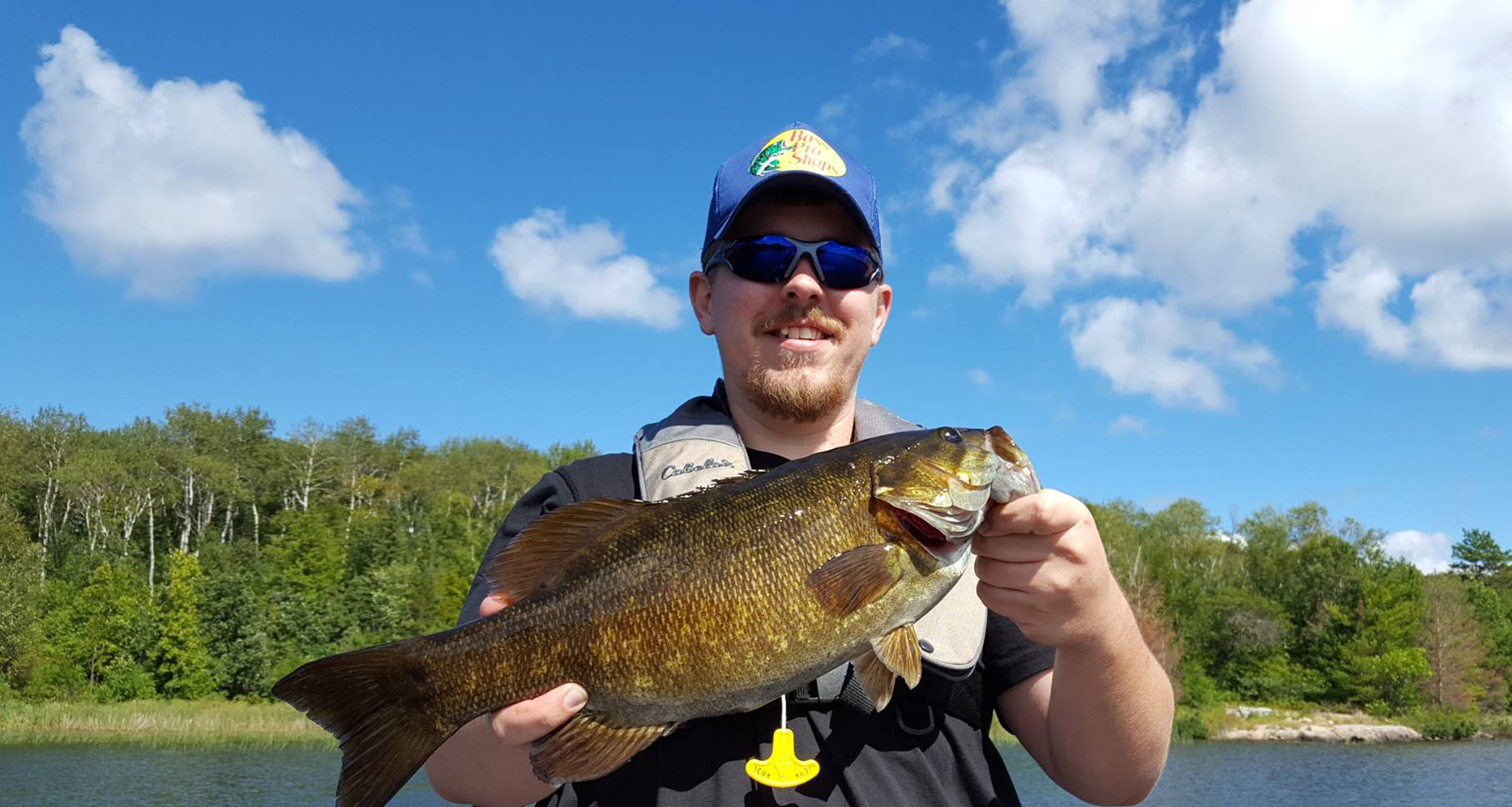
Sliding Into Bass Heaven

When you catch a gorgeous close-to-four-pound largemouth bass on only your fourth or fifth cast of the morning, you feel that little kick inside your gut that says...You know what, this could turn out to be an exceptional day.
It already was special enough, given that I was fishing with long-time friend, Jeff "Gussy" Gustafson, who is one of only a handful of touring Canadian pros fishing the FLW tournament circuit in the United States. But we were doing it on our home water of Lake of the Woods in Northwestern Ontario's spectacular Sunset Country.
And the conditions could not have been more ideal.

A light breeze broke up the surface of the water and the weather was overcast—cutting down on light penetration, pulling the fish away from cover, and making them feel at ease to cruise the shallow clear water. Our timing was flawless, too, because it was the first week of September and we'd already experienced several cool nights with the temperature dipping and chilling the shallows.
"That is all it ever seems to take to kick-start them in the fall," Jeff said. "The cool nights barely register in terms of affecting the surface water temperatures, but it is a sure signal to the fish that fall is approaching and they need to start feeding for the winter."
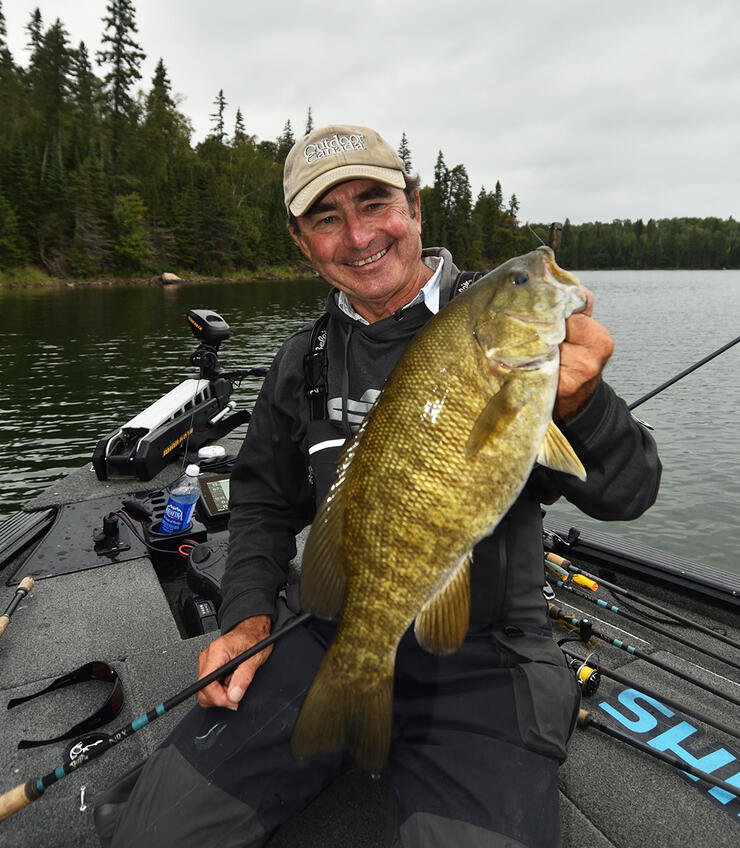
I will tell a tale out of school at this point, too, and let you know that Jeff was pre-fishing for the upcoming Bassin' For Bucks Tournament, held each September in Sioux Narrows, Ontario. So, after I landed a beautiful smallmouth bass a few casts later and he remarked that his tertiary spots seemed to be producing pretty well, I chuckled and said, "If these are your tertiary locations, let's go check your primary and secondary spots.."
Fortunately, before Jeff could whack me across the back of the head, I heard the braid zing through his line guides and turned to see his rod buckle under the weight of another gorgeous green and black bass. It jumped high one single time, and then used its tail to zip-line across the surface, churning it into a fourth. As he lipped the healthy fat fish and turned it sideways to show me its beer belly, he remarked: "In the fall, it's always about finding the food."
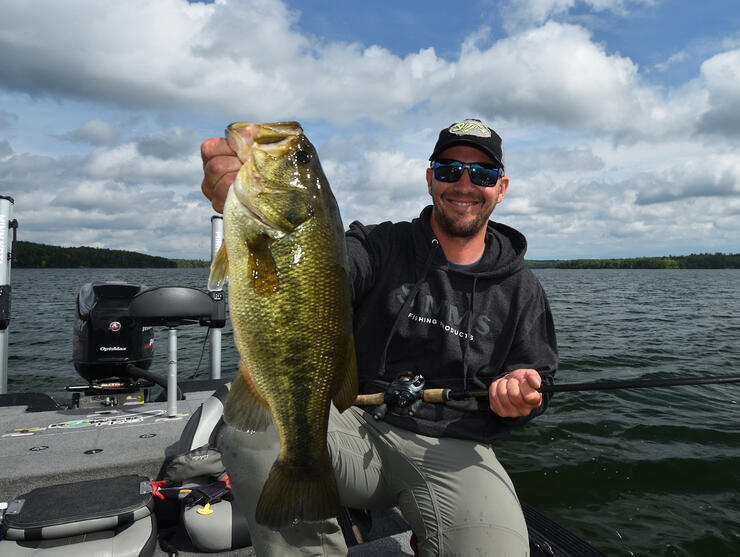
Indeed, as a former Ontario Ministry of Natural Resources colleague and renowned bass scientist, Dr. Mark Ridway, once told me, in our Northern Ontario waters, crayfish shed their armour-like exoskeletons in mid-to-late August. Mark is certain that the trigger for the moult is the changing photoperiod—have you noticed how much earlier it is getting dark these days?—and that when the crayfish are in this vulnerable to predation, soft-shelled stage, they hide between the cracks and crevices of stones and boulders, and along the jagged edges of logs, stumps and branches.
With their primary source of forage now in short supply, however, and their stomachs growling, the same diminishing levels of light appear also to prompt the bass to move from their summer digs to their fall and eventual winter locations.
“One year you’ll get a warm fall and the fish will be moving at 15 °C (60°F)," says Ridgway. "Another year, you’ll find them moving when the water temperature is 10 °C (50°F), so the temperature is highly variable. What isn’t up-and-down, however, is the amount of daylight: the photoperiod."
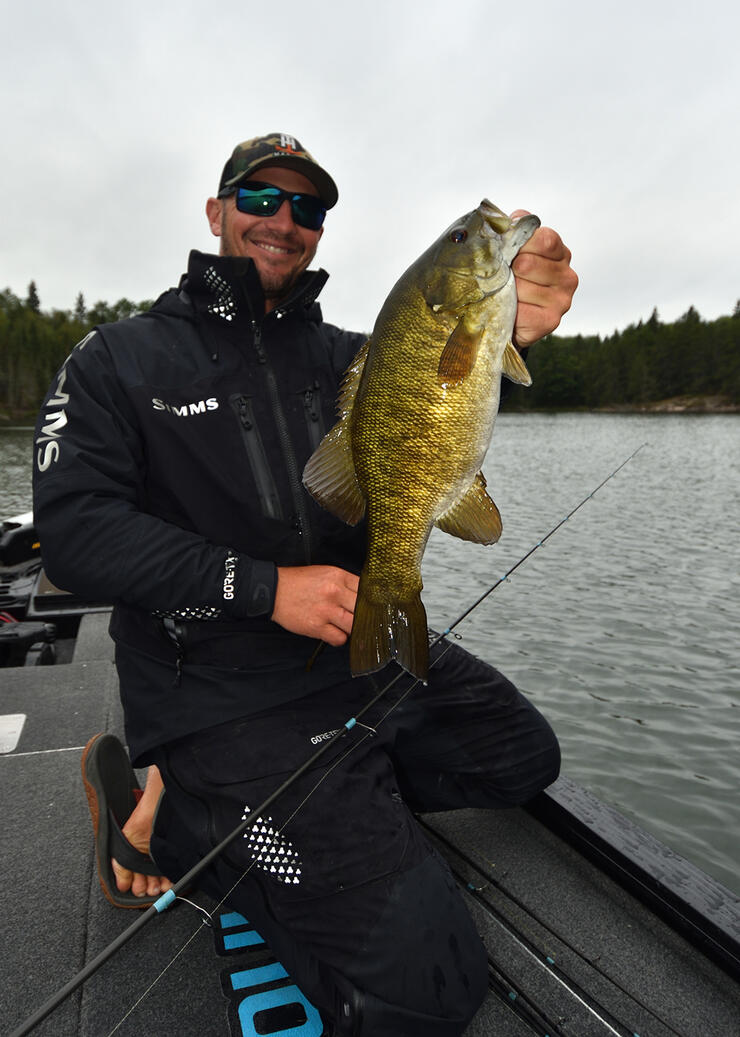
Equally intriguing in the fall is how you will find smallmouth bass responding much differently to the seasonal triggers than their bigmouth brothers and sisters.
Indeed, one of our favourite patterns is to catch smallmouth bass around underwater structures like points, bars, saddles, and sunken islands in 10 to 20 feet of water. With crayfish in short supply, the rat packs are pillaging schools of ciscoes, shiners, and smelt. Baits, lures, and presentations that mimic the silvery baitfish pay big dividends at this time of year.
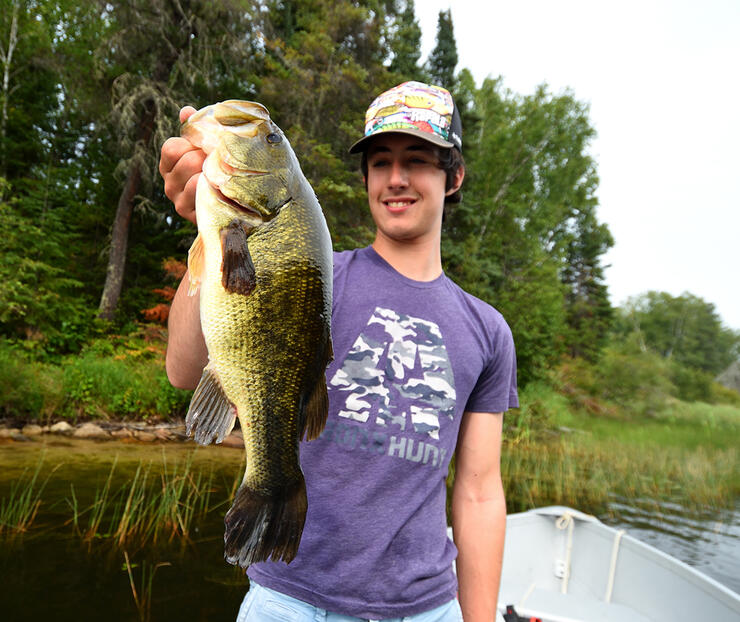
On the other hand, and unlike their smallmouth kin that are moving vertically, largemouth bass greets the first days of autumn by shifting in a horizontal manner. By that, I mean that they start pulling out of the shallow, sloppy bays and coves where they lounged away the summer and head towards primary and secondary points.
Just remember, however, that it is a gradual process, and not all the fish are doing the exact same thing at the exact same time, even though the final outcome remains the same—with the fish ending the season at their eventual winter hideouts.
Remember to stay versatile, and your fall bass fishing days in Northern Ontario will remain forever exceptional.
Recommended Articles

Cast Into the Heart of a Walleye Paradise

20 Years With Fish TV!

3 Great Ontario Walleye Destinations

Eating Northern Pike

10 Facts About Lake of the Woods
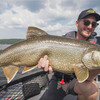
Trophy Lake Trout on Lake Obabika

Brook Trout Fishing at Dunlop Lake Lodge
Ontario Brook Trout
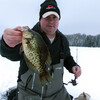
Epic Ice in Northwestern Ontario
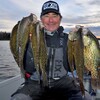
Bivins’ Bounce Crappies

Top 5 Baits for Smallmouth and Largemouth Bass
Top 5 Musky Destinations in Ontario
Top 8 Places to Ice Fish in Ontario

Long Nose Gar
The Best Of Times in Northern Ontario
Don’t Be Afraid Of Muskies

Best WhiteFish Tactics

Yellow Perch Egg-Stacy

A Whole Lota Lovin'

